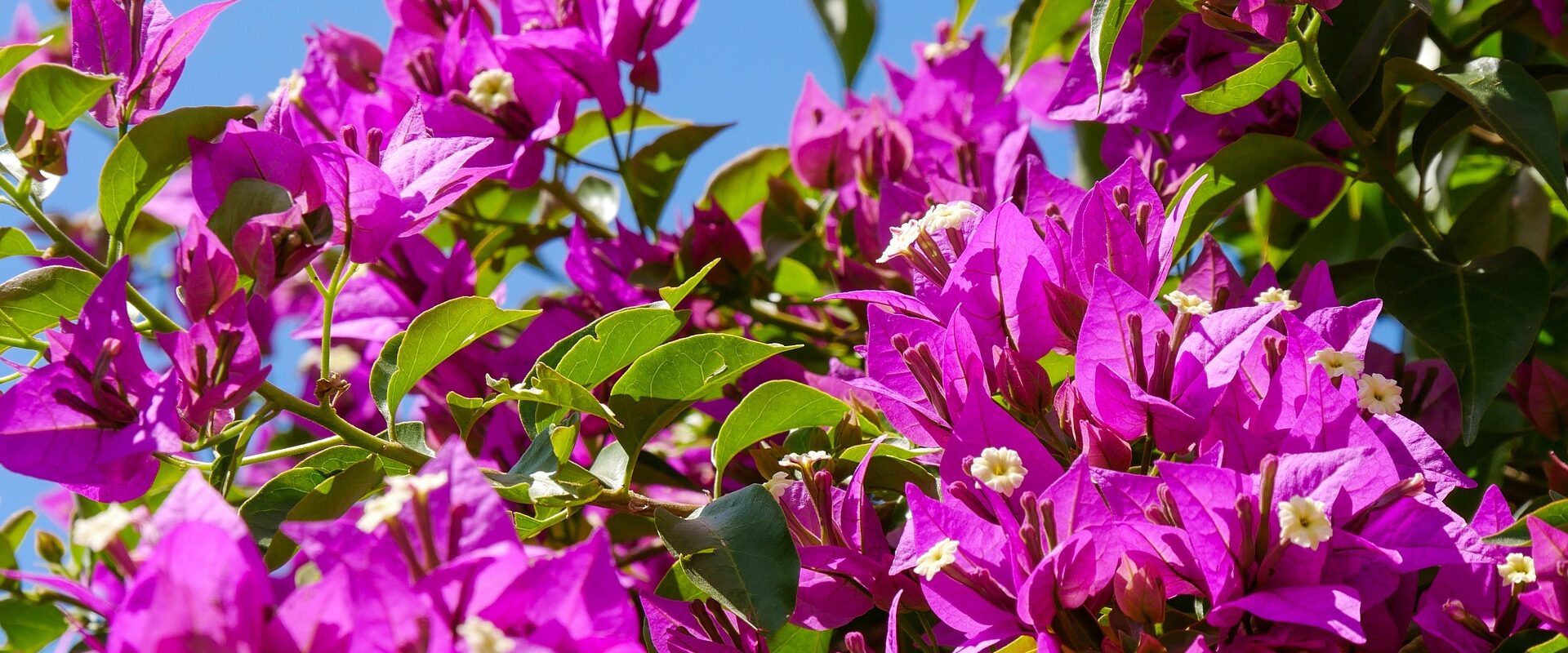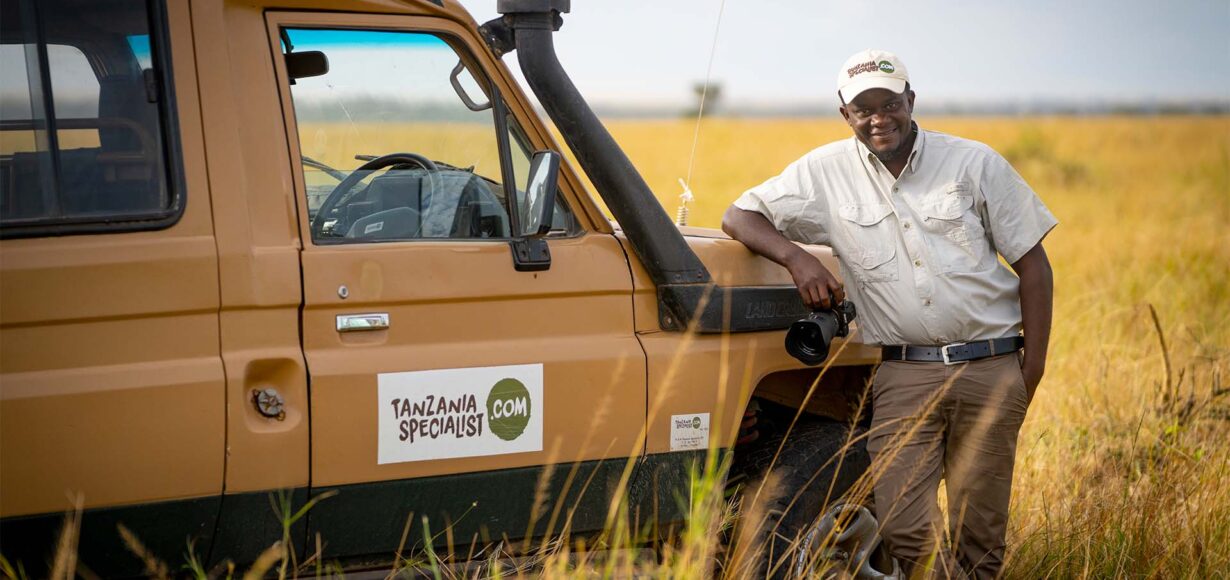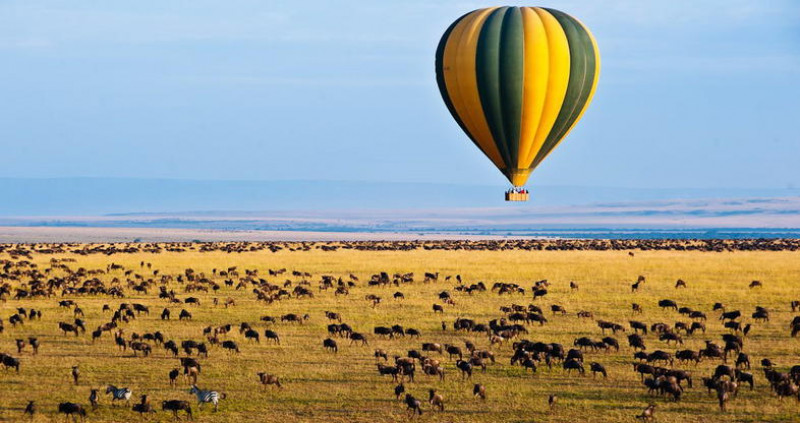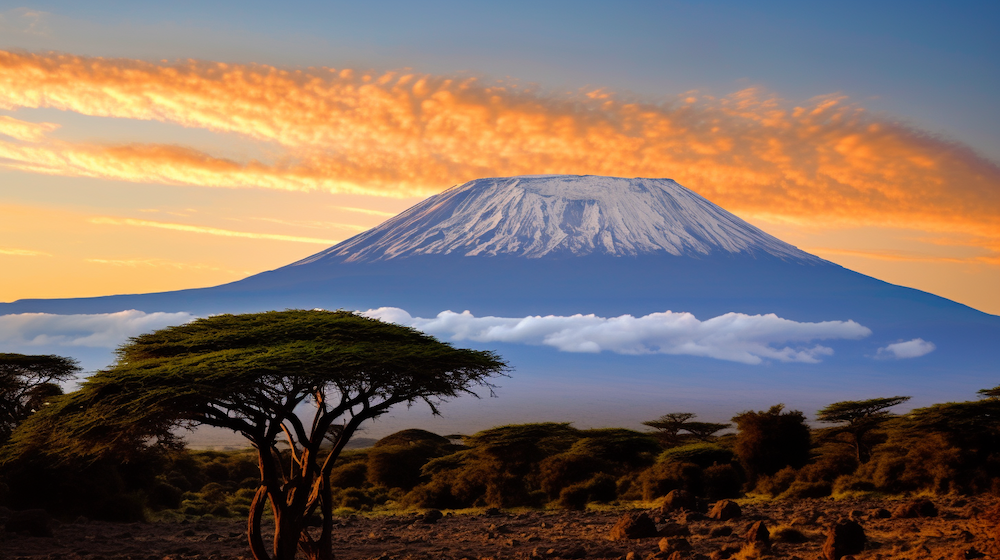
24 March 2023
Tanzania is one of the largest countries in the world, residing in the great lakes region of Africa. Because of its size and diversity, it is one of the most incredible beds of wildlife in the world. But don’t forget to keep an eye out for all the beautiful flowers of Tanzania too!
If you’re going to Tanzania for a trip, then you should absolutely pay attention to the gorgeous landscapes and sheer variety of different animals and plants around you.
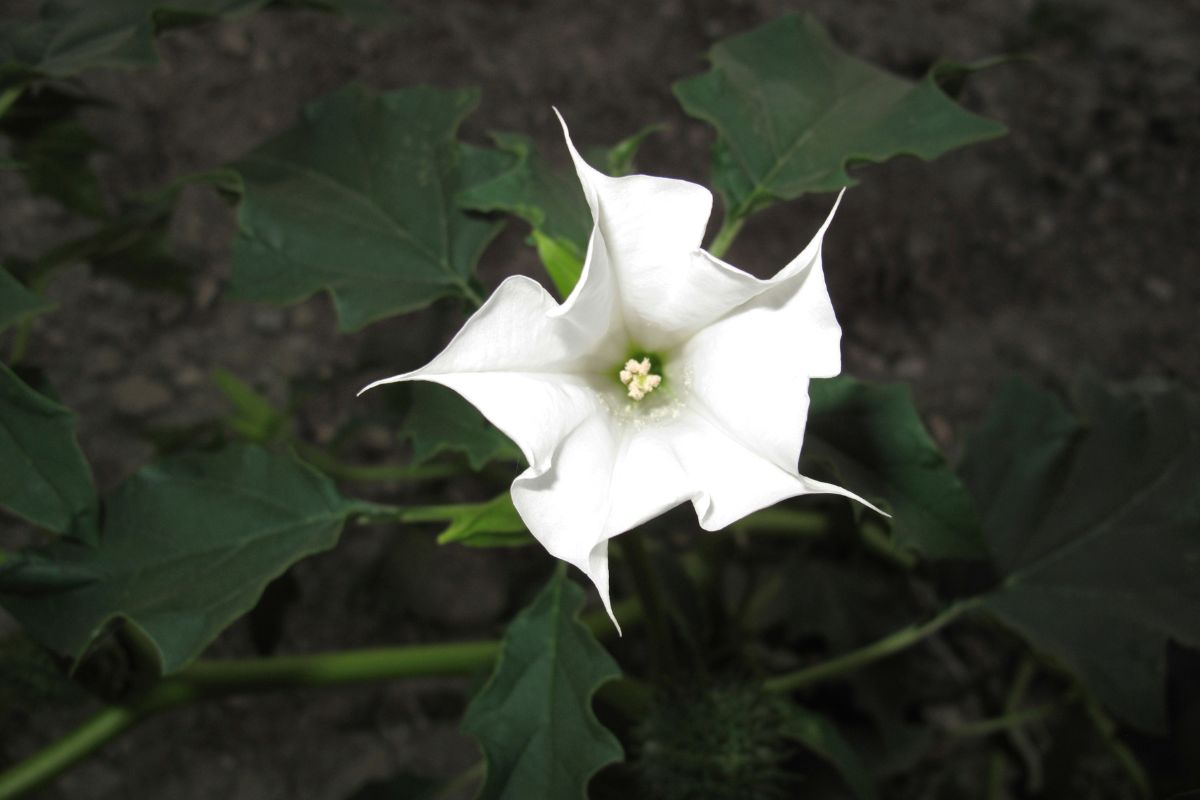
But what are some of the most beautiful flowers of Tanzania? What are the most important ones to look out for? If you’re wondering about these questions, then you’ve come to the right place.
In this article, we’re going to take you through a list of the 11 most beautiful flowers for you to look out for on your trip.
We’re going to break each one down and give you a short guide to how to recognize them and where you can find them.
We’ve also made sure to include a short Frequently Asked Questions section to break down any additional questions you may have left over at the end.
So let’s get right into it!
Top Tanzanian Flowers
Bougainvillea

First up we have a beautiful, pink flower that you’ll be able to find in many parts of East Africa.
Although the original genus was native to South America, many hybrids were made in the early 20th century and placed in East Africa.
These plants flower from summer to autumn and are usually planted in the spring, and are very beloved by gardeners because of their versatility.
You’ll most frequently see these flowers spreading across garden walls or in plant pots across the country.
One thing to note about Bougainvillea is its flower isn’t actually the pink part that you can see, but a smaller white flower in the center of its petal.
The pink parts of this plant are actually bracts (a word that means a modified leaf of scale). The white flowers are very small and dwarfed by the vibrant color of their surrounding leaves.
Hibiscus Schizopetalus
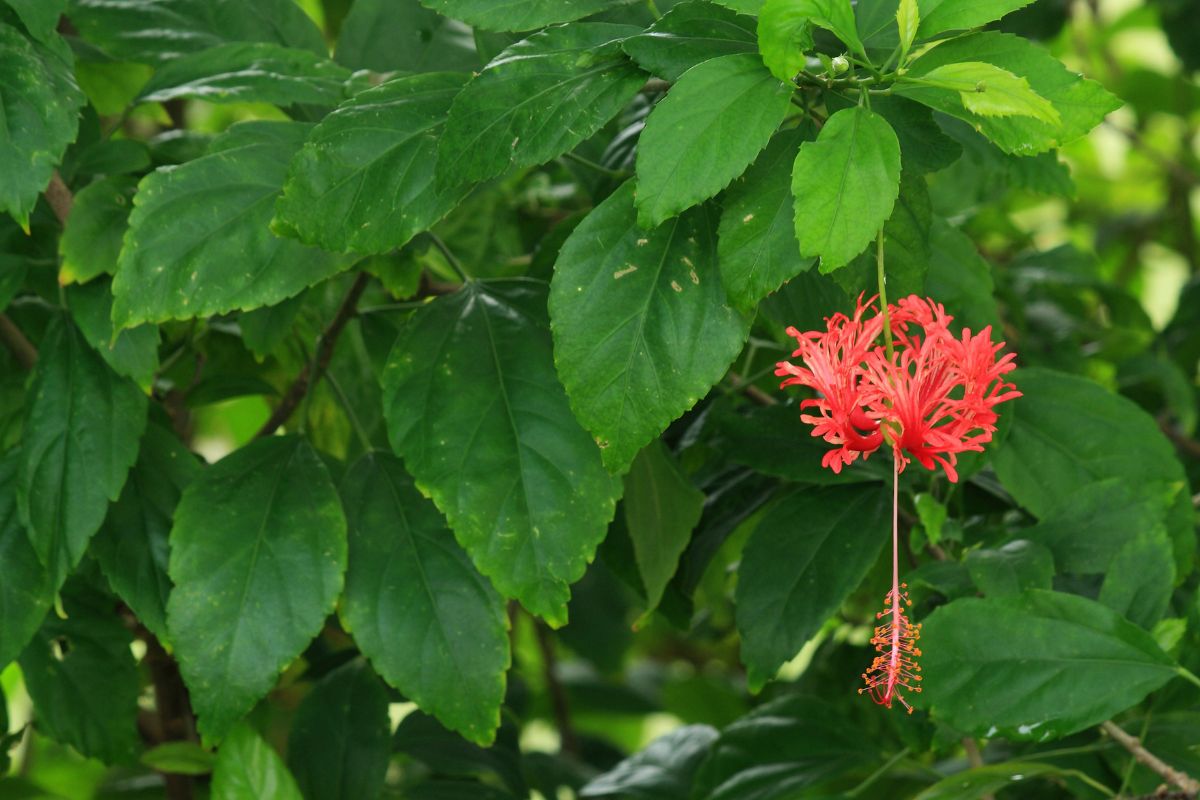
Next up we have a strange but gorgeous flower that is native to different parts of tropical eastern Africa, including Kenya Mozambique, and Tanzania.
Because its Latin name is long and difficult to say, it’s more commonly called ‘Coral Hibiscus’ or ‘Japanese Lantern.’
You’ll most commonly find the Hibiscus Shizopetalus as a shrub, with distinctive red and pink flowers. Hibiscus Shizopetlus can be found most frequently in places that get a lot of sunlight, as they need upwards of six hours a day.
Jacaranda Mimosifolia
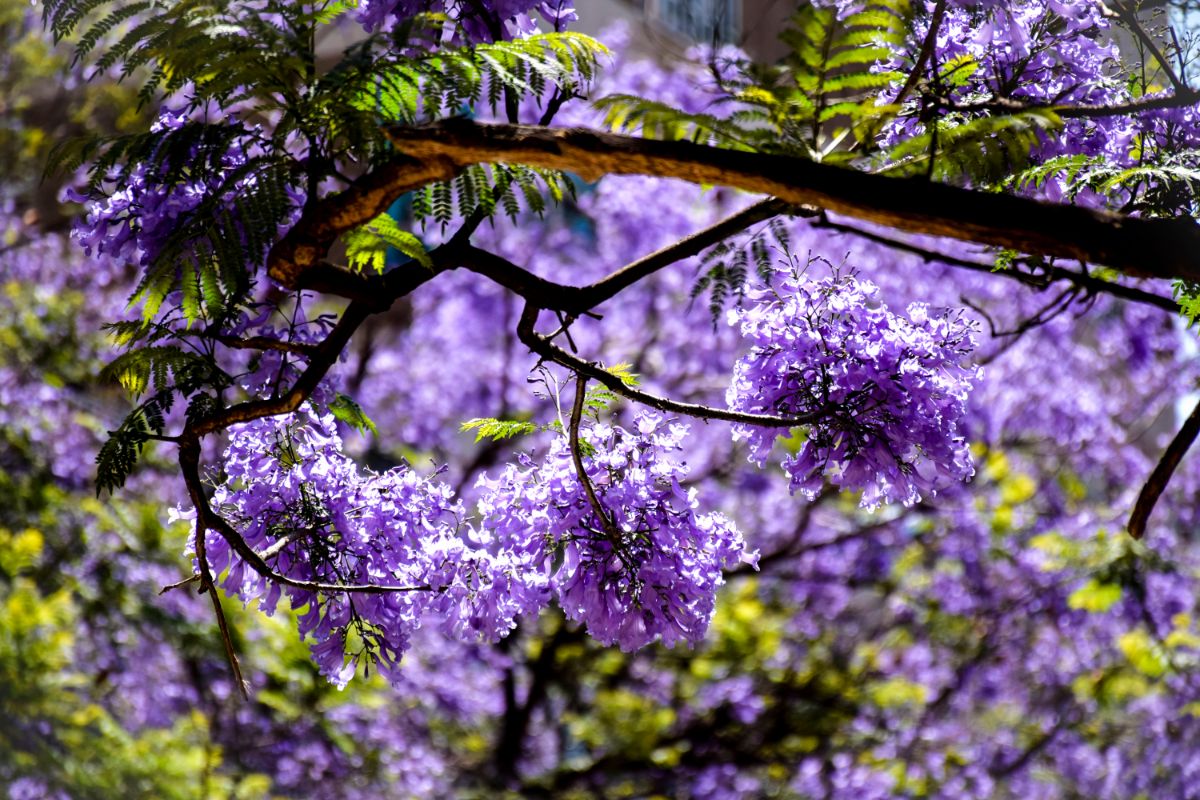
Next up we have the beautiful jacaranda mimosifolia. This is a subtropical tree that is well known because of its resistant and gorgeous violet flowering.
In many ways, jacaranda looks like any other African tree you might see, but their bright flowers really make them stand out.
Their beauty is what led them to be taken over to other parts of the world in the early 20th century. The first jacaranda tree in Australia was so beloved that it inspired a painting.
Calophyllum Inophyllum
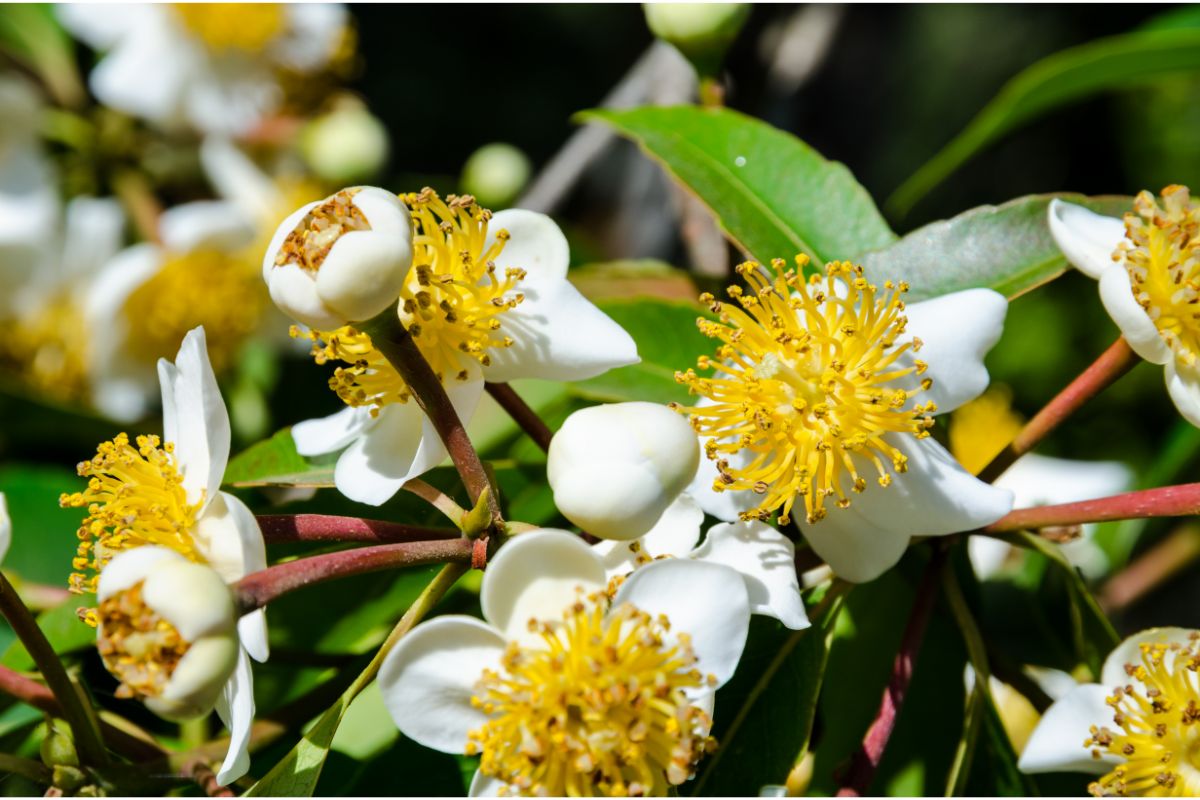
This is another plant that is native to subtropical regions with bright, distinct flowers. It is more commonly known as Tamanu, Mastwood, Beach Calophyllum, or Beautfyleaf.
It has two distinct flowering periods that occur from October to December and April to June. The flowers are white, sprouting up over thick leaves and small white bulb-like stalks.
Commelina Lukei
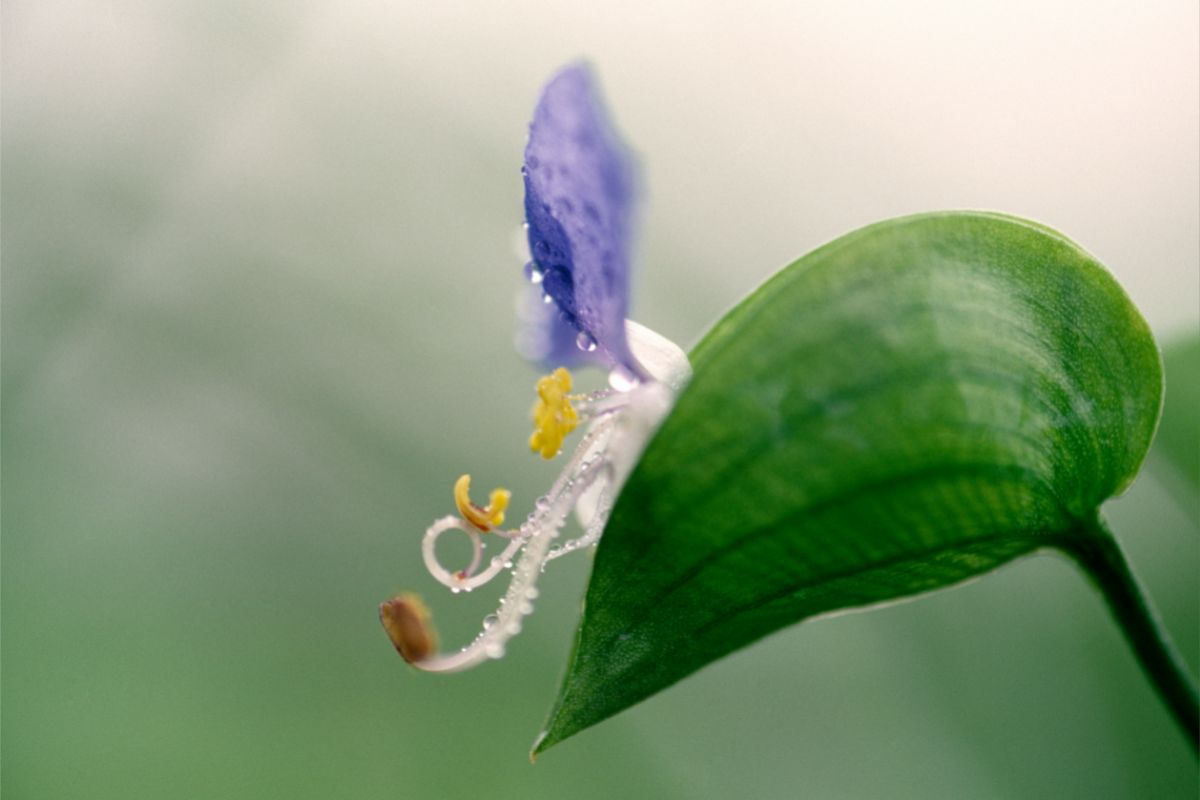
This is another dayflower that is commonly found across different parts of central East Africa. You will most commonly find it in lowland areas of Tanzania, including the Zanzibar Archipelago.
However, it can also be found in different places, including forests and thick grasslands.
It is often confused with other members of the Commelina flower, and although a distinct plant, it is sometimes hard to tell apart from others. You can recognize the Commelina Lukei by its pale blue flower with bright yellow tips.
Commelina Mascarenica
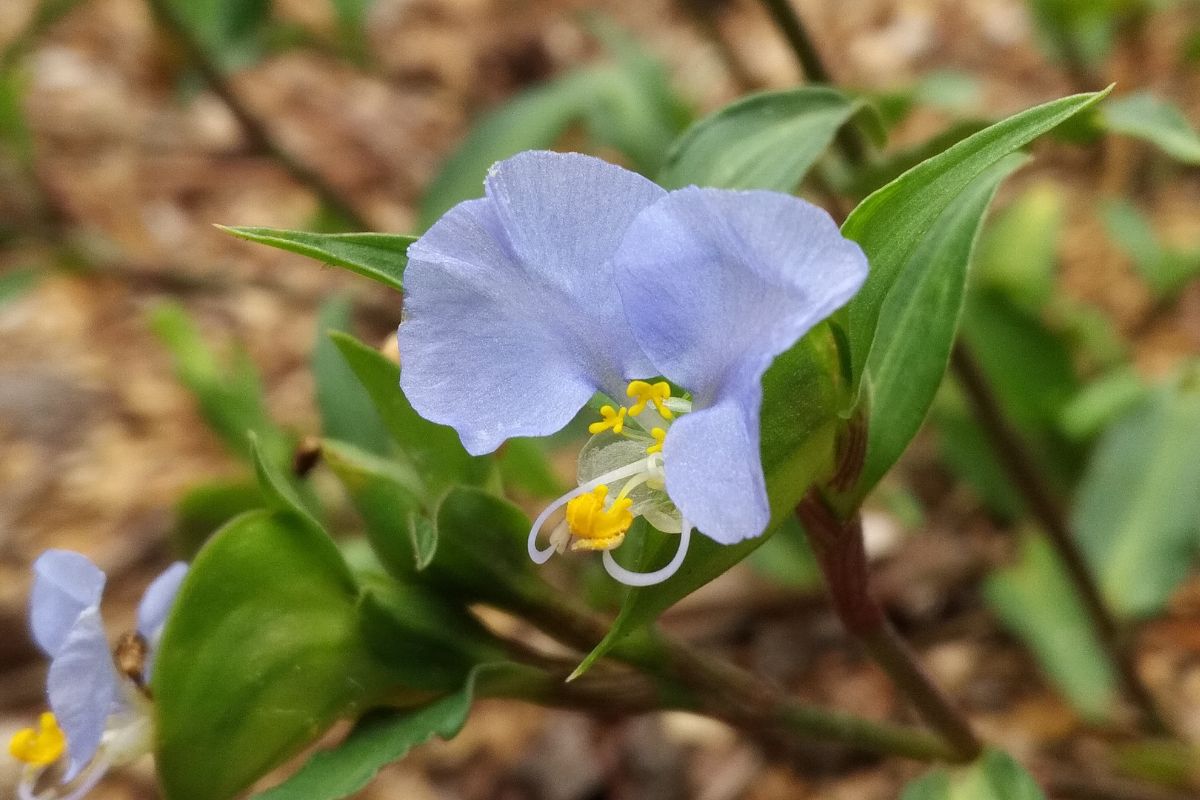
This is another flower that is very similar to the Commelina Lukei, only it can be recognized by its much smaller flowers.
Without expert knowledge of the two, you might find it hard to tell the difference, however, if you ever see a plant with these features (distinct, pale blue flowers with yellow tips) then you’ll be able to recognize them as one of the Commelina flowers.
Golden Dewdrops (Duranta Erecta)
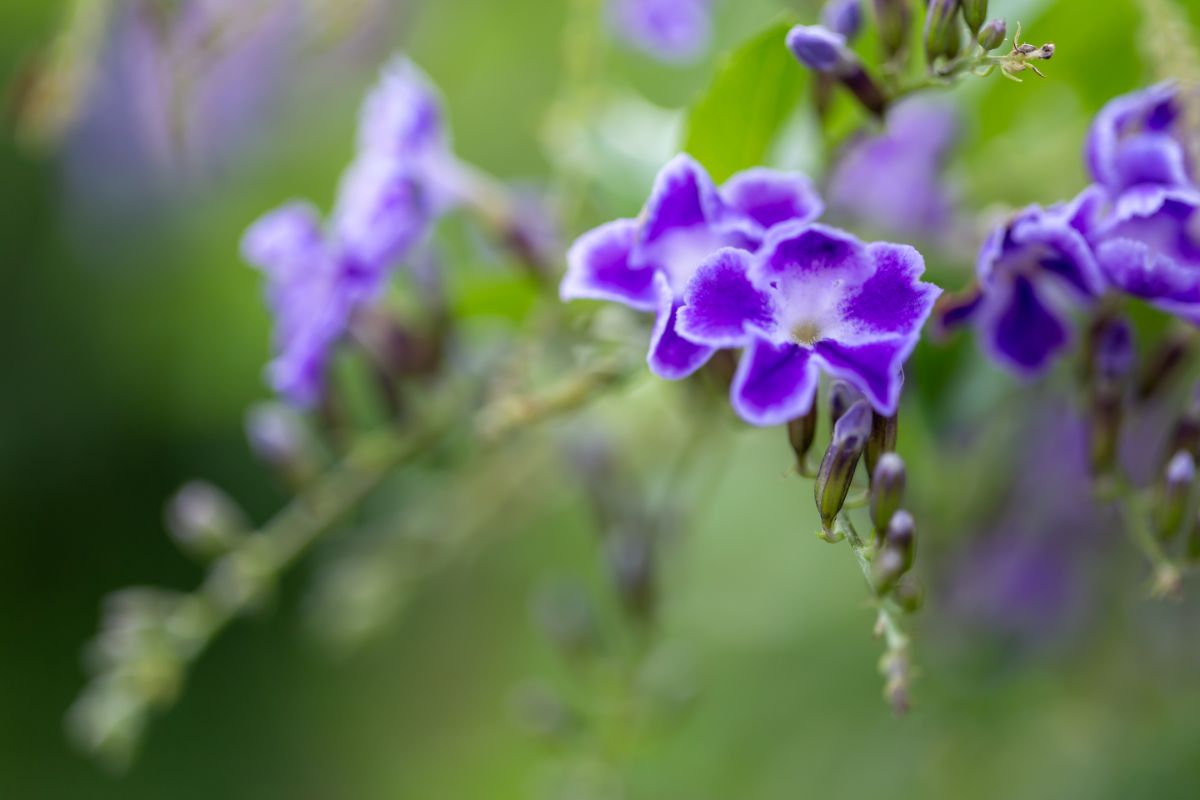
This is another ornamental shrub that can be found commonly in Tanzania. You’ll most commonly find it within subtropical gardens and it is beloved for its pale blue flowers and thick leaves.
It grows quite commonly and is considered a weed in many parts of the world. But don’t let this fool you, it’s a gorgeous plant that you’ll be able to find all over Tanzania.
You will also hear it called ‘skyflower,’ which references its pale color.
Frangipani (Plumeria)
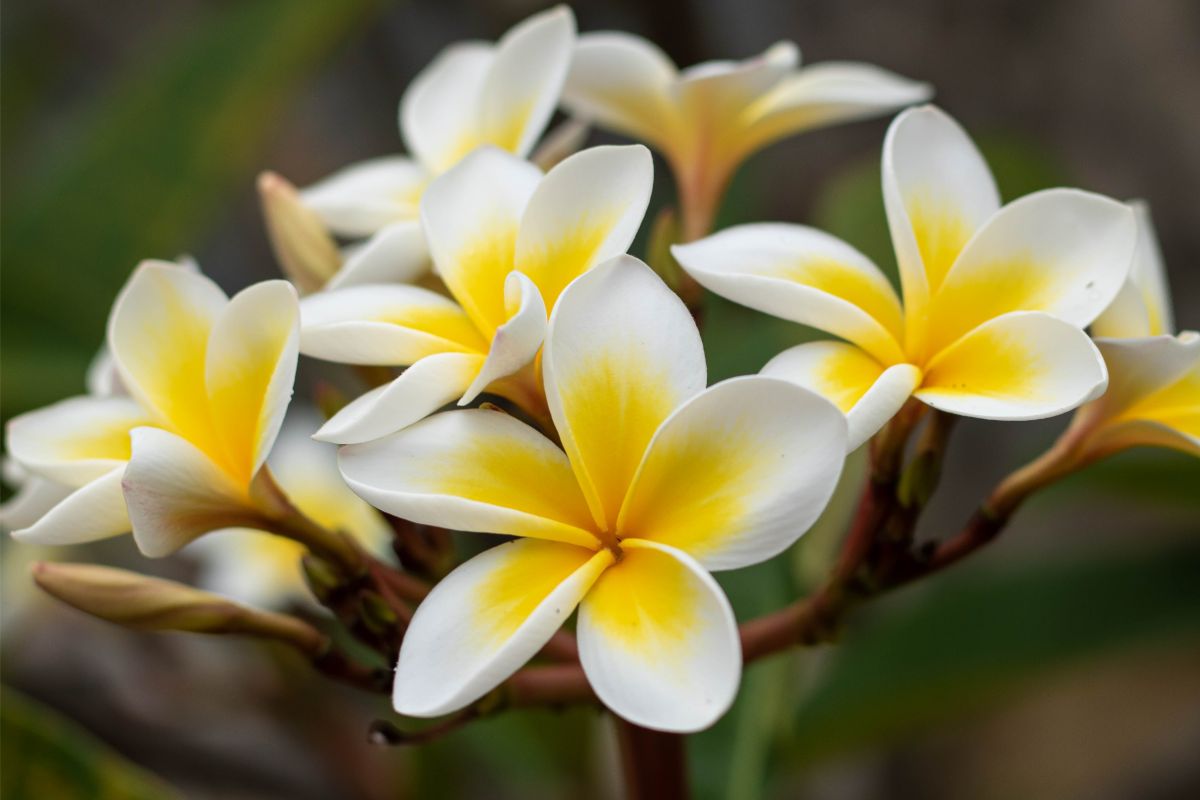
Next up we have one of the most beloved flowers in Eastern Africa. Frangipani is a widespread flower that is also known as Plumeria.
Plumeria flowers are in the subfamily of Rauvolfiodeae within the wider plant family of Apocynaceae. You can find them in many warm parts of the world, and there are many variations.
The kind of Frangipani that you’ll find in Eastern Africa (including Tanzania) can be pink or white, and are most easily recognized by their large petals with a different central color.
Frangipani is frequently used as an allegorical tool within a lot of different East African love poetry, in the same way a rose might be in European poetry.
Impatiens (Impatiens Walleriana)
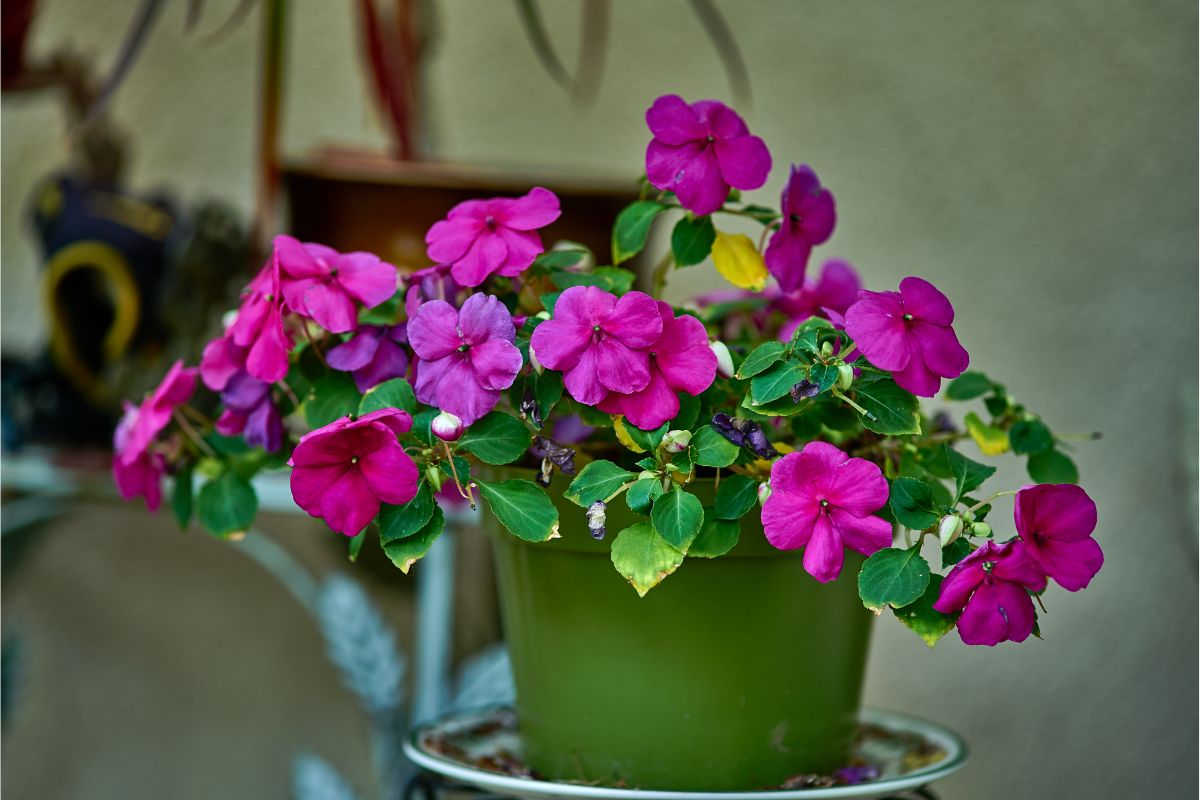
Next up, we have a flower known for its thick petals and vibrant colors. You can find these in white, bright red, orange, and pink.
It’s one of the flowers on this list that originated from Tanzania, and they flower from the end of spring all the way up to mid-autumn. You’ll most commonly find them in sunny places, and they are often called African Hornesa.
Adenium Obesum
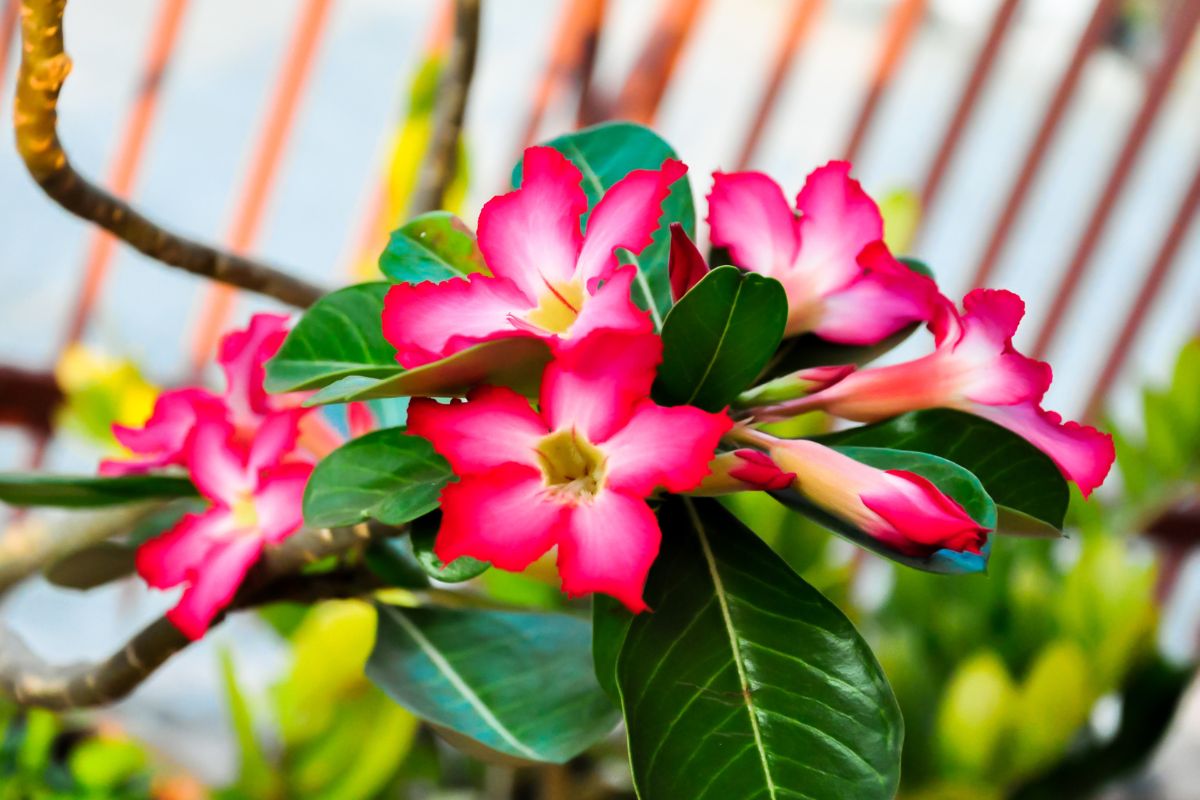
The flower of an adenium looks fairly similar to the impatiens we mentioned above. You can find these most commonly in greenhouses all around East Africa.
They flower in June, July, and August and can be recognized by their pink petals with white in the center. Because they also grow in the Arabian Peninsula, this plant is commonly called the ‘desert rose.’
They can grow in very dry and hot places, even under harsh sunlight.
Syzygium Aromaticum (Cloves)
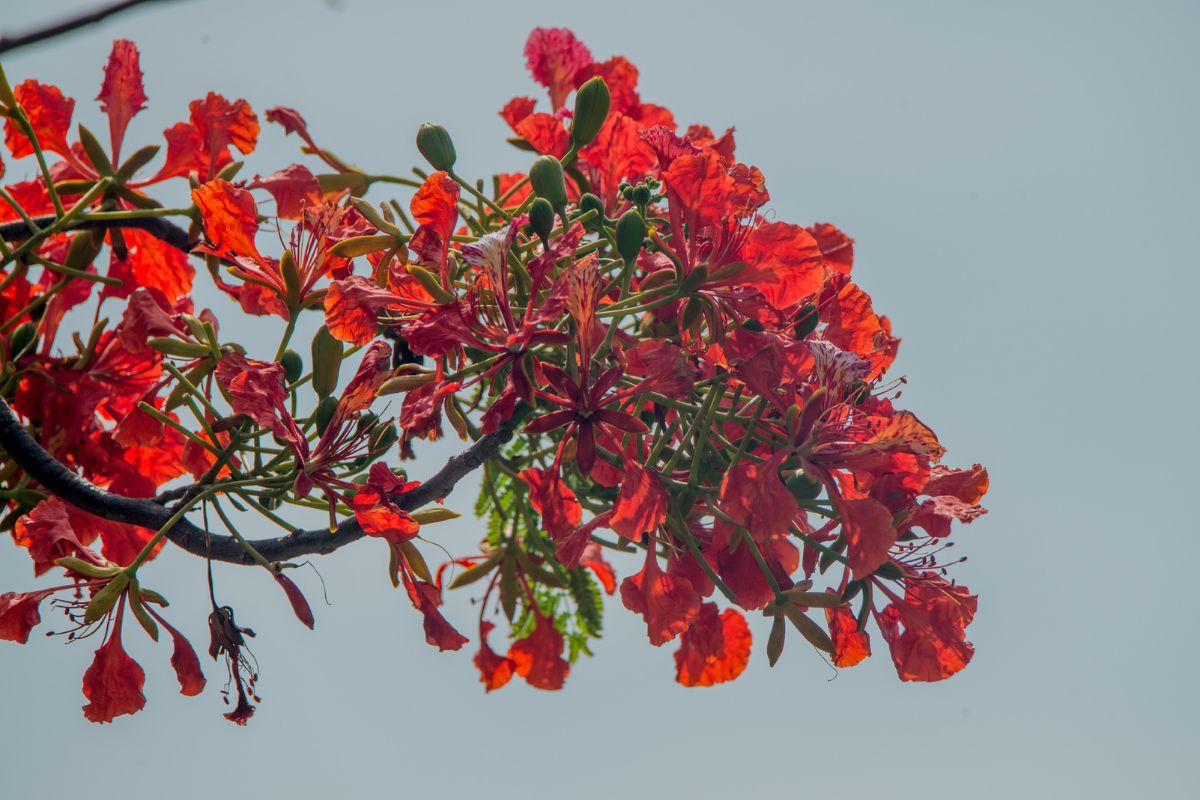
Syzgium Aromanticum, more commonly known in English as Cloves (in Swahili, Mikarafuu) is the national plant of Tanzania and can frequently be found across the country.
This plant can be recognized by its slender stalks, thin, green leaves, and red flowers. The flowers are thick and feature bulb-like petals that sprout out above the plants’ leaves.
Final Thoughts
So that was our list of 11 beautiful flowers to look out for when you’re traveling around Tanzania or other parts of the East African region.
If you haven’t traveled around Africa before, you’ll no doubt be astounded at the variety of different colorful flowers you’ll be able to find.
Some of these on our list require a bit of extra investigation to find, while others will be obvious and easy to spot.
We hope that our list has given you a good understanding of the kind of flowers you’ll be able to find around the country of Tanzania.
If you find yourself wanting to learn more about them, we’d recommend speaking to some locals, who will no doubt have some great information for you!
If you still have some questions, make sure to keep reading for our extensive Frequently Asked Questions section below.
Frequently Asked Questions
What Is The Climate Like In Tanzania?
First off, you must realize that Tanzania is a large country, with some differences in climate depending on where you are. However, it for the most part has a very comfortable and warm climate over the course of a year.
It has a tropical cost that is very humid with consistent periods of rainfall. However, the further inland you travel, the more arid things get. This is one of the reasons for the variety of different flowers you’ll be able to find.
What Is The Difference Between Tropical And Subtropical Climates?
Tropical is a word we use to describe climates with thick heat and heavy thunderstorm activities. Tropical tends to mean that plants and animals get a lot of rainwater.
Subtropical systems, in contract, have hybrid characteristics that mean dry periods but also periods of heavy rain. You’ll find both of these systems within Tanzania depending on where you are within the country.
This is one of the reasons for some differences in flowers and plants you’ll find across the country, and the reason why Tanzania houses a lot of flowers that are not native to its land.
